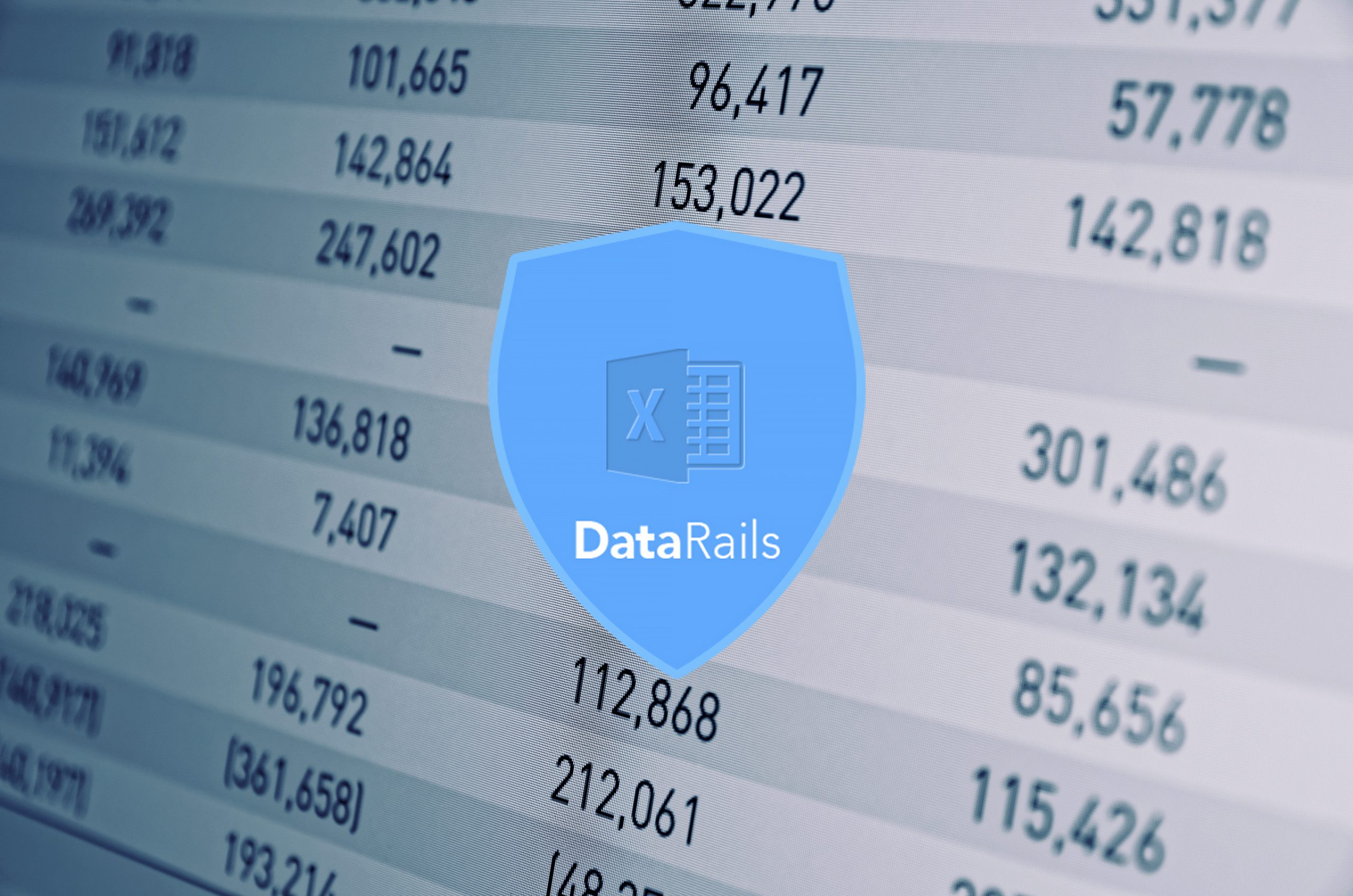
Microsoft Excel was initially released late 1985, and while other technologies and tools have faded away Excel has proven that it is not going anywhere. Every industry and nearly every job function requires the use of an Excel spreadsheet at one time or another, not to mention positions in finance which require constant use and advanced knowledge of this tool and its features.
How Excel is Being Used Around the Globe
MS Excel is packed with quite a lot of powerful features and capabilities, making it useful for collecting and managing data at an advanced level with a high level of control and flexibility. CFOs and other finance executives rely on spreadsheets on a regular basis to manage a company’s finances. Enterprise budgeting, quarterly reports, and in-depth analytics are only a few of the ways to use Excel. With its ability to connect to ERP software like Salesforce, implement complex formula, and even its programming capabilities, there really are no limits to what this tool offers.
The bottom line is that Excel provides advanced capabilities that allow its users to collect, manipulate, and analyze data. For finance professionals and executives, this is very useful in creating budgets, long-term strategies, and a solid business plan.
The Main Advantages of Using Excel in Finance
There is a reason that Excel is still being used after so many years on the market; the advantages it offers are simply too significant to ignore.
Controlling Massive Amounts of Data
On one Excel file, users can use multiple spreadsheets, charts, graphs, tables, and more to view and analyze a vast amount of data in one convenient place. Everything can be easily filtered and sorted, searched, edited, and designed for better control and understanding.
Easy to Get Started
Excel offers very advanced features that may be considered complex and require a certain amount of training and experience. However, using its most basic features already grants the user a huge amount of control and saves time when collecting, managing, and analyzing data. The basic features are not only easy to learn, they are already known most professionals with basic computer skills. This is why it is used in nearly every industry and job function, from finance to operations, from marketing to HR.
Advanced Features
Excel’s advanced features include formula and programming, pivot charts and tables, the analysis toolkit, and many more. These capabilities alone provide nearly endless possibilities. Using Visual Basic, users can use their programming skills to automate Excel and enhance its functionalities.
Compatible and Accessible
Microsoft may have launched Excel over 20 years ago, but the product is far from being outdated. It is compatible with all other Microsoft Office products, allowing you to easily insert tables in a Word document or PowerPoint presentation. In addition, Excel sheets can be accessed and edited on smartphones and tablets with ease.
Its Popularity is an Advantage
The popularity of Excel is an advantage in itself. It is impossible to learn all of the features and uses that Excel offers, but thanks to the fact that it is used around the globe, finding tutorials, tips, and even training courses online is easy. In addition, nearly every product that involves database management or has reporting capabilities, such as Salesforce and even social scheduling tools, offers Excel import/export capabilities.
Overall, Excel is flexible, powerful, easy to use, and offers an easy way to share and view complex data analyses and reports. It is no surprise that its use is only increasing in corporations and enterprises as a crucial financial and workflow management tool.
There are Still Disadvantages to Consider
We have already established that Excel is an impressive tool, but it is far from perfect. There are a few disadvantages that can have a significant effect on a company’s bottom line.
Human Error
When entering data manually, you have to account for human error. One small mistake in even one cell, like writing $253 instead of $235, can make a significant difference in the overall calculations and charts. According to researchers, on average, there is at least one cell with a mistake in every 100 cells. CFOs know this and have to take additional time to go over every inch of the spreadsheets to find and fix these mistakes before issuing final reports. One study published by Account Agility revealed for 53% of CFOs, the main month-end challenge involves manual adjustments, and 45% said it was processing errors. This is not only time consuming and costly, but involves the risk of considerable revenue loss if mistakes are not found and corrected.
Sharing Limitations
Excel is used throughout a company’s operations, and often times one file will be shared and amended by multiple people from different departments. This can lead to complications and errors, as tracking changes and which version is the most updated becomes nearly impossible. Once again, the result is lost time and money with the potential of even greater losses due to an error missed along the way. Management decisions are made based on this information, and lack of data integrity directly impacts the quality of management decisions .
All is Not Lost: A Single Version of Truth is Still Possible
The disadvantages of using Excel are significant and affect a company’s financial integrity, but they are no reason to stop using Excel altogether. Datarails allows users to track, control, and manage spreadsheets at an enterprise level without affecting the Excel experience that they are already used to. It simply augments Excel to allow you to save time and reduce errors, track changes your team makes and verify the most updated version, and ensure that you are always working on the latest version of the spreadsheet.
This means that you can benefit from all of the advantages that Excel has to offer, while ensuring financial integrity and increased control of your data.